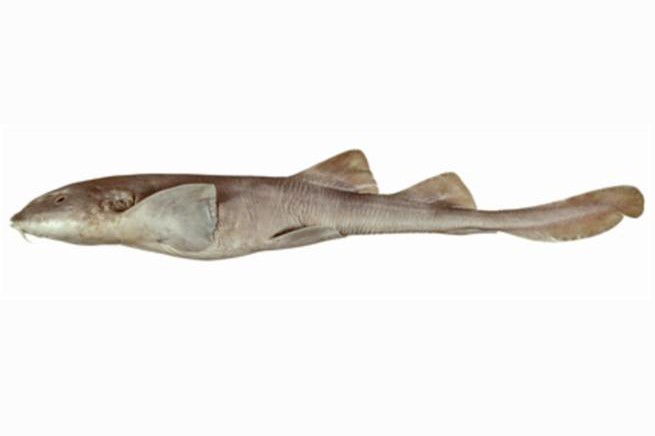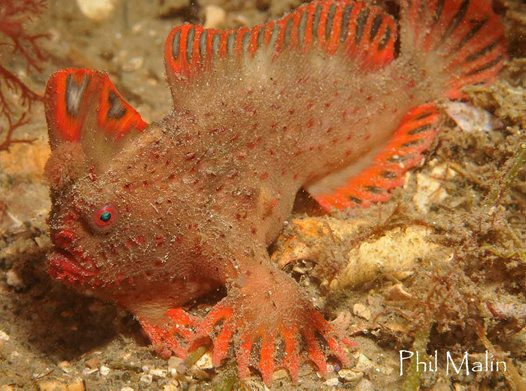Scientific literature, government reports, observer programs and fellow scientists have been consulted due to increasing concerns for the status of shark and ray populations world-wide and increasing pressure to ensure Australia’s shark and ray species are effectively managed and conserved.

A Report Card indicates that the majority of species are sustainable and in a healthy state; and while Australia’s approach to managing its shark stocks has to date been very good, this needs to be maintained and supported by ongoing research and monitoring.
Australia has one of the most diverse and distinctive shark and ray faunas in the world. About a quarter of the more than 320 species occurring in Australian waters are endemic, and effectively managing these species is important for the sustainable use of marine resources as well as maintenance of biodiversity.
Currently, the available information is fragmentary and difficult to access, and most assessment is focused on only a few species targeted by fisheries.
Two of the shark species (Grey Nurse Shark Carcharias taurus and the Endeavour Dogfish Centrophorus moluccensis) have two separate stocks in Australian waters, an east coast stock and a west coast stock, thus 196 stocks were assessed.
Individual species summaries are available on the Australian Shark Information System (ASIS) website that was created for the project.
The Report Card found that overall, Australia’s sharks and shark-like rays are in relatively good condition. One hundred and twenty-six stocks (62.3%) were assessed as Sustainable. A further 39 (21.1%) were assessed as Undefined, meaning there was insufficient information to determine their status. There was no information to suggest any of these Undefined stocks are under immediate threat from human pressures, including fishing. Therefore, the majority of the Undefined stocks are likely to be sustainable but further investigation is needed to better understand the status of these mainly deepwater species.
The primary potential threat to most Australian sharks is fishing. However, the results of the assessment indicate that for the large majority of species, the interactions with fisheries has not led to unsustainable outcomes. Of the 196 stocks, only 18 (9.0%) were assessed as overfished, but most have management plans in place. Two overfished stocks, Whitefin Swellshark Cephaloscyllium albipinnum and Colclough’s Shark Brachaelurus colcloughi, that would likely benefit from improvements in management, monitoring and research.

